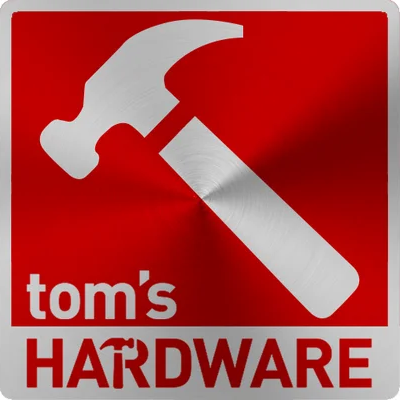AMD to take on Intel with accelerated roadmap, native quad-core
Sunnyvale (CA) - Following a rather sobering quarter result, AMD answers Intel's challenge and the intent to bring new processors faster to market than initially planned: The company announced during its Q2 conference call that it will launch 45 nm processors in the first half of 2008 or about six months earlier than expected by industry experts.
AMD's second quarter news wasn't much better than Intel's news yesterday. The difference between the two companies is that Intel appears to be gaining the upper hand in the micro processor market again, while AMD appears to be in danger of losing some of its current traction. Intel has a sound product on its way and will attack AMD with its new Core micro architecture in virtually every volume micro processor segment.
AMD used its second quarter conference call to calm analysts and answer Intel's challenge by announcing that it has accelerated its product strategy. According to president and chief operating officer Dirk Meyer, 65 nm processors will roll out in the fourth quarter of this year at "mature yields" and quickly spread through AMD's product line. The company also intends to decrease the manufacturing gap to Intel: 45 nm processors will be launched within 18 months after the debut of the 65 nm generation, which indicates an H1 2008 launch of those processors. Typically, Intel and AMD take about 24 months to transition to a new manufacturing process: With Intel being on track to introduce 45 nm in late 2007/early 2008, it seems that AMD will try to tackle Intel at the rival's core strength and may cut its current 12 month disadvantage in half.
Meyer also reiterated that AMD is working on a new processor core, which will debut as a native quad-core. Code-named K8L, the chip will launch by mid-2007 or more than half a year after Intel's Kentsfield and Clovertown quad-core processors. Compared to the competition, K8L is expected to consume significantly less power than Intel's quad-cores, which basically combine two dual-core processors into one package.
Meyer acknowledged between the lines of his statements that Intel may have captured the performance crown with its Core 2 Duo processors, but mentioned that this was just a part of history. "If you look back in time, you'll see that the performance crown has been passed back and forth. I expect that to continue," he said. He explained that "the performance crown is only important to the enthusiast" and not to the mainstream. And for this market, he expects that the upcoming 4x4 platform "will hold the hearts and minds and wallets of enthusiasts."
In the mainstream market, AMD indicated that it may be facing challenging times. The company told analysts that it expects to gain shares in the server and mobile markets, but did not provide an outlook for its desktop business. According to Executive Vice President Henri Richard, Intel virtually "threw away" one of its brands during Q2 and the "Pentium brand was repositioned." Meyer added that the desktop market saw "deep discounts" during the quarter - "in some cases so deep that we walked away from a business that did not make sense."
Chief executive officer Hector Ruiz summarized the current situation by saying that the microprocessor industry has entered a "new stage of transition" and a "world of differentiation." The microprocessor market has moved away from benchmarks, he said, and is now in a phase of "innovation", "choice" and "open and fair competition".
Get Tom's Hardware's best news and in-depth reviews, straight to your inbox.
"I believe this transition is irreversible," Ruiz said.
Related article:
Intel to launch quad-core processors in Q4
Tom's Hardware is the leading destination for hardcore computer enthusiasts. We cover everything from processors to 3D printers, single-board computers, SSDs and high-end gaming rigs, empowering readers to make the most of the tech they love, keep up on the latest developments and buy the right gear. Our staff has more than 100 years of combined experience covering news, solving tech problems and reviewing components and systems.
